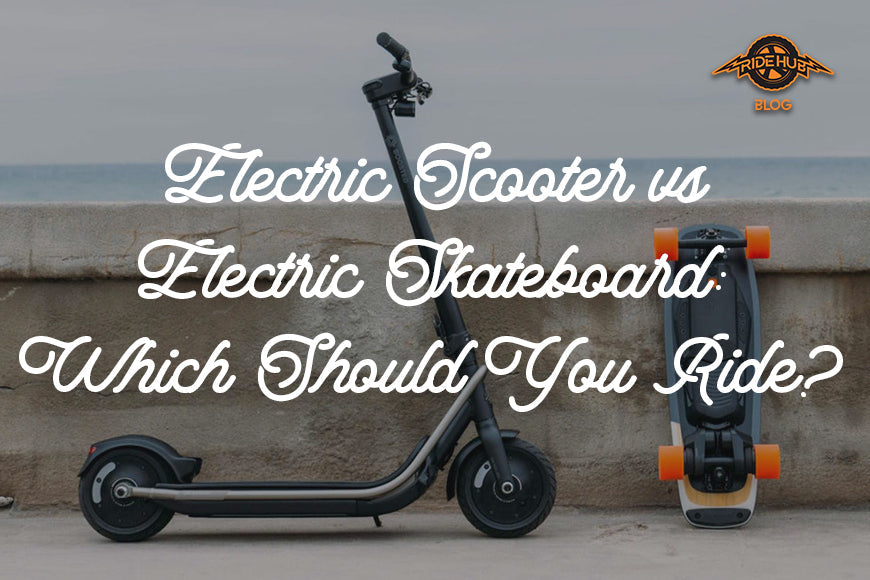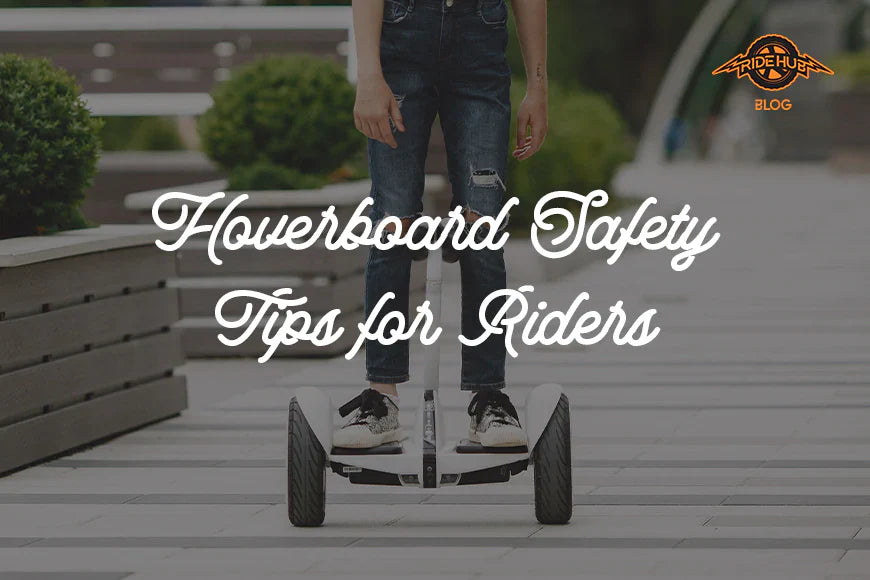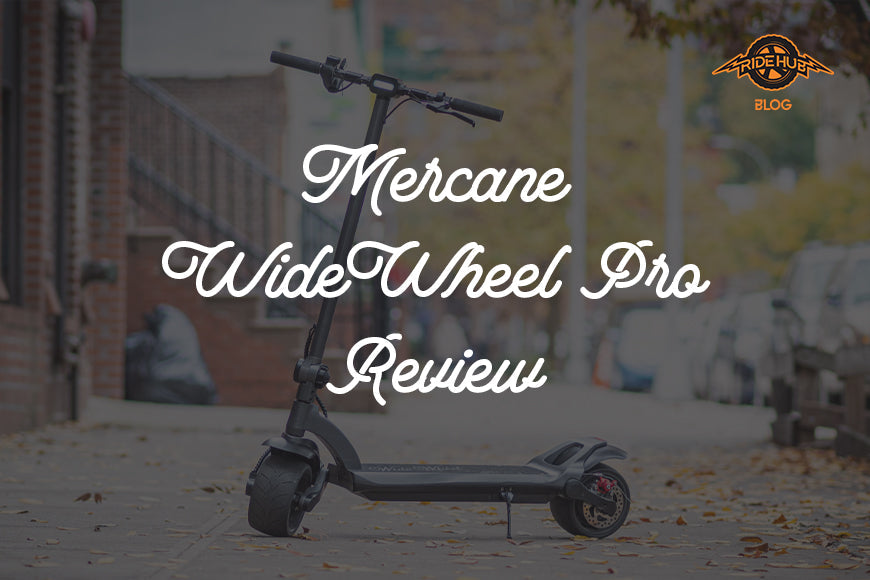
As micro-mobility transportation continues to become popular and legal in Australia, more commuters buy electric personal mobility devices, such as electric scooters and balance scooters.
These two devices provide portability, practicality, and affordability without sacrificing performance, making them a hit among riders. However, when you choose between an electric scooter vs balance scooter, which one should you ride?
An electric scooter offers more power, performance, and safety compared to a balance scooter. However, the balance scooter, also called a hoverboard, provides the most practical and portable type of e-ride you can get, thanks to its compact size and light weight.
If you are considering buying between these two transport devices, check out this comparison below to help you narrow down your choices.
Electric Scooter vs Balance Scooter
Performance
When it comes to performance, electric scooters deliver more power, speed, and range than a balance scooter. E-scooters offer around 300 to over 3000W of motor power. The best electric scooters for adults offer over 1000W of power, and these are usually used for off-roading.
Meanwhile, when it comes to speed, some e-scooters offer up to 75 m/h or 120 km/h. However, note that e-scooters are limited to 25 km/h when riding in public as per electric scooter law in Australia. For range, some models deliver up to 80 miles or 120 km.
Meanwhile, self-balancing scooters for adults offer up to 1000W. You will never get a motor over 1000W, so the performance you get is limited to how much a 1000W motor can handle. The average range that balance scooters or hoverboards produce is up to 25 km. However, some of them can reach up to 100 km of range.
For the top speed, hoverboards are limited to 25 km/h. Balance scooters are simply not meant for fast rides, as they can be dangerous. Overall, if you need a more powerful ride that delivers more speed and range, choose to ride an e-scooter instead.
Hill Climbing
Given the power and performance that e-scooters offer, electric scooters deliver better hill-climbing ability compared to self-balancing scooters. After all, e-scooters possess bigger motors and batteries.
When it comes to hill climbing, e-scooters can climb an average of 22 degrees of incline. Meanwhile, high-performance e-scooters can climb steeper inclines of up to 60 degrees.
Meanwhile, hoverboards that climb over 20 degrees of incline are rare. Aside from the fact that balance scooters don’t offer enough power to climb steep hills, they are also unsafe when climbing.
Riding on steep inclines means you need to lean forward to balance yourself on the board and move forward. This makes it unsafe as you could easily lose balance or trip forward. Overall, climbing hills using e-scooters is safer and more effective.
Portability
Hoverboards lack power, but they make up for it with their portability. These micro-mobility devices only weigh around 12-15 kg. Meanwhile, the e-scooter weighs from 13 kg to over 30 kg, depending on the type of e-scooter you will buy. High-performance off-road e-scooters are heavier since they use bigger batteries and motors.
If you need a ride that you can carry easily, especially on stairs or public transportation, the balance scooter provides the right weight and size. Plus, it’s easier to store since it occupies less space. Most e-scooters are foldable, but they are still bulkier than a balance scooter. Bringing an e-scooter in public or tight spaces may be a hassle for some people, especially if you’re not used to carrying one.
Safety
Unfortunately, balance scooters offer less safety than e-scooters. After all, riders don’t hold onto anything while riding. It is easier to go off-balance while riding a balance scooter than an electric scooter for adults. Plus, riding hoverboards at high speeds poses a great risk of injury in case of an accident.
Moreover, riding a hoverboard requires a bit of a learning curve, as one needs to get used to balancing themselves on the board. Meanwhile, riding an e-scooter is easier as riders have a handlebar to help them balance.
Price
Electric scooter and self-balancing scooter prices are slightly in the same range. When it comes to budget versions of these devices, it will cost around $300 to $600. However, when it comes to their high-spec versions, e-scooters cost more. In fact, high-end e-scooters can cost over $3000, while expensive hoverboards can cost over $1000.
It makes sense that e-scooters cost more, given that they use more parts and features and can include larger motors and batteries. If you prefer a cheaper commuter alternative, consider getting a hoverboard or a budget e-scooter.
Which One Should You Ride?
If you prefer a fun, portable, and novel type of ride, balance scooters or hoverboards offer a unique and convenient experience as you zip around the city. However, if you need more power, performance, and safety, electric scooters in Australia are a better option.
Determine the factors that you prioritise to know which one fits your needs. Do you prioritise price, performance, or safety? Consider these things to know the right e-ride for you.
For more electric scooter guides, read more tips and insights on electric scooters, balance scooters, and electric rides at Ride Hub’s blogs.







